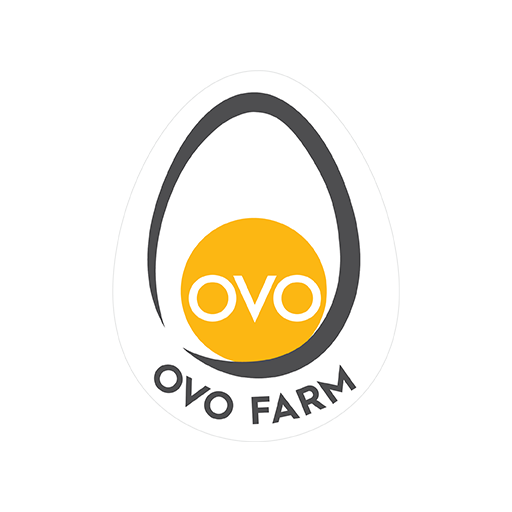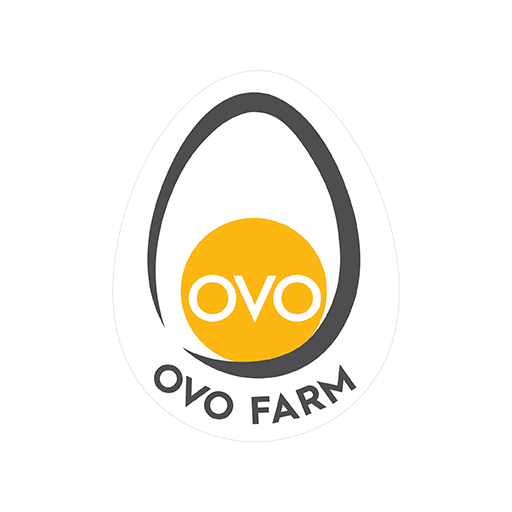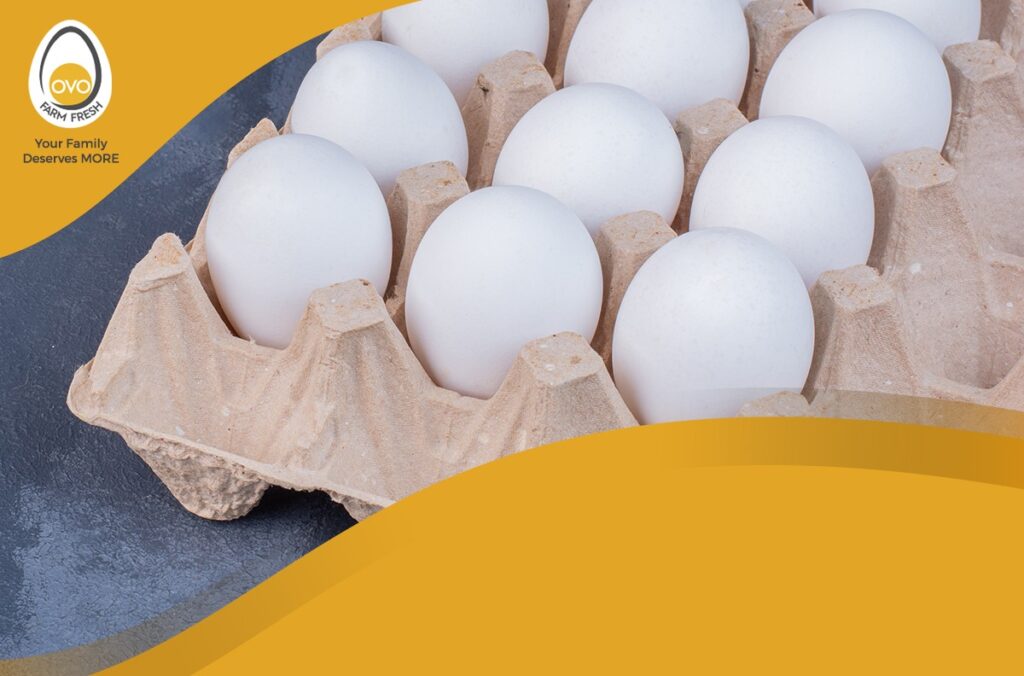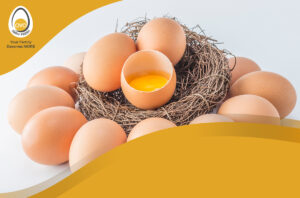In the early days, poultry farming as a business was never standardized. There were many areas to improve and loopholes that were exploited. Chicken farming was practiced along with intensive farming for the survival of one’s own family. However, with the industrial revolution shaping up in the early 1800s, the poultry business saw a rapid change in its processing and production techniques. This period saw the mechanization of the manufacturing and production industry and a revolution in power that affected the social, cultural, and economic conditions of the world.
Though this meant better mechanization and faster production, egg poultry farms were far from carrying the image of an idyllic mother hen sitting on her nest. The desire to maximize profits led to mass production of eggs, but at the cost of the hens’ lives which became very miserable having no means of escape. The profits of the egg industry skyrocketed, and the suffering of poultry stock rose as well.
Soon, people started noticing the degrading quality of the eggs from mass production poultry farms which bred layer chicken and gave them only commercial grans feed. Many eggs were found to be defective with no actual system in place to govern the quality of eggs. This had to change and a new system was standardized to regulate the egg production process.
How can a standardized process help?
Poultry enterprises may vary from basic backyard poultry keeping to mechanized and automated production plants. Commercial poultry farming and specialized egg production are generally used in developing countries like India. Factors that affect egg production are the breed of the chicken, mortality rate, age of the bird, body weight, laying house, lighting schedule, and the feed.
A standardized process is the one in which these factors are tried to mimic with the best practices as much as possible, to maximize the egg production without defects.
Normally a bird produces one egg each day. Besides, not all birds start to lay precisely when they are 21 weeks old. Planning along these lines is hence needed for egg production to be steady and satisfy market needs. In regions where the environment is hot and moist, commercial laying birds produce on average somewhere in the range of 180 and 200 eggs each year. In more calm environments birds can deliver on average somewhere in the range of 250 and 300 eggs each year.
In a standardized process, the layer poultry farm is built taking into account the climatic factors. A well-built farm protects the birds from predation, direct sunlight, rain, excessive wind, heat, and cold. According to such a procedure, artificial lighting is used to ensure an increased laying duration because egg production is stimulated by daylight. Standardized procedures also have a strict adherence to the feed given to the chicken. A mixed-nature feed is needed for a better quality of eggs, rather than only grain-based commercial feed.
Does a standardized process determine the quality of eggs?
The answer is a definitive YES! A standardized process of egg production takes the well-being of the foul as well as the eggs into account which results in lesser defective eggs and makes them nutrient-rich. Under a standardized procedure, the hens are given a mixed variety of feed including grass, bugs, seeds, and flowers, all rich in carotenoids which results in a deep yellow-colored yolk which is a clear indication of a healthy egg. Not just the feed, hens are also given space to move around instead of being caged in closed quarters.
Clean and hygienic living quarters essentially control diseases in the flock and the mortality rate is reduced. Since the cost of replacement is reduced with the reduced mortality rate, more inflow of cash is done towards the maintenance of the egg quality.
How does OVO Farm standardize its farms?
From high-quality feed to the inspection of eggs, our farm processes make certain that the egg freshness, uniformity, and shelf life are maintained with the highest quality. We take great care to make sure that the hygiene is not compromised, by keeping closed houses for dirt-free eggs, automated egg collection with no human intervention, and optimum temperature for storing the eggs.
Over the last two decades of poultry production at OVO Farm, we have had a fundamental approach to standardize our processes. We take pride in our small-town values and approach which keeps us close to our flocks and also empowers our people by giving them ownership of the farms. This brings out the motivation to work as farmers instead of mere employees.
Our eggs are thus, 20% bigger, with a deep yellow-colored yolk, and safer because of non-antibiotic feed and UV protection tactics.








